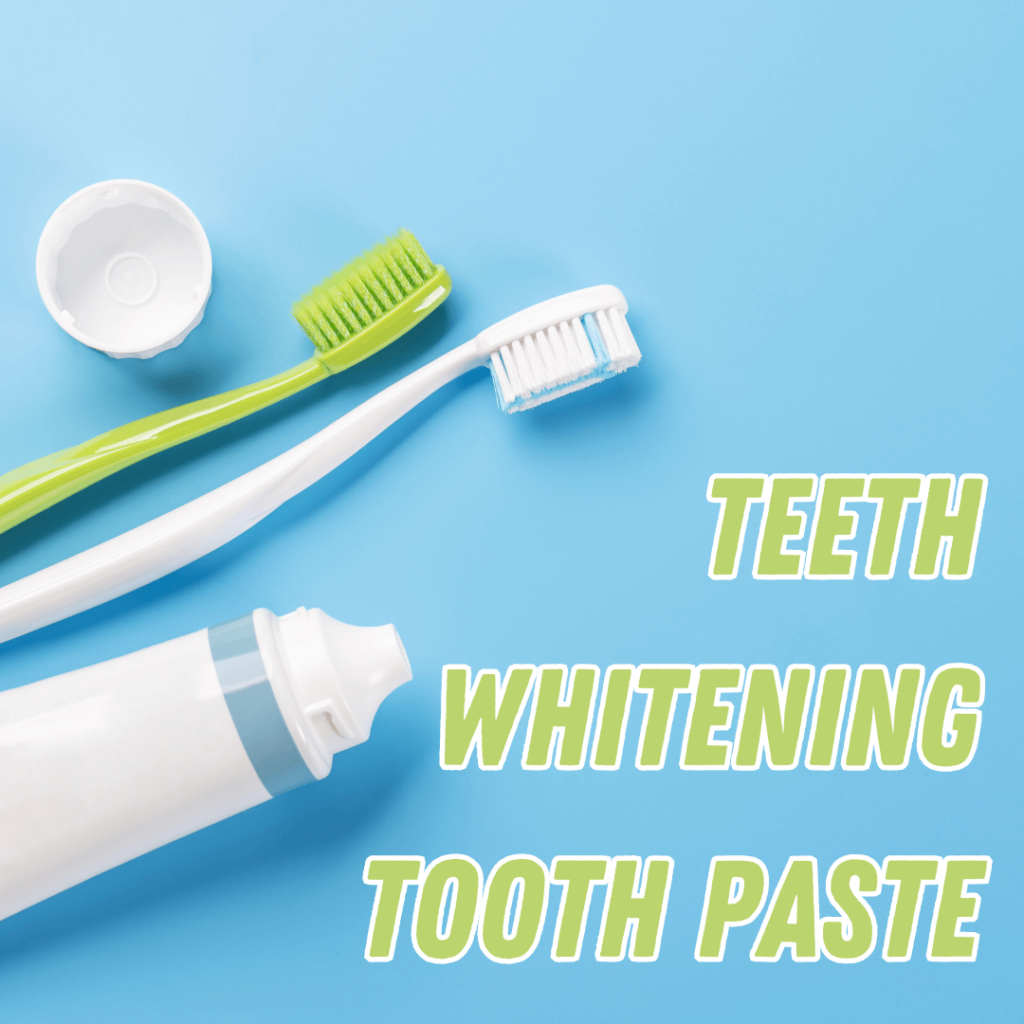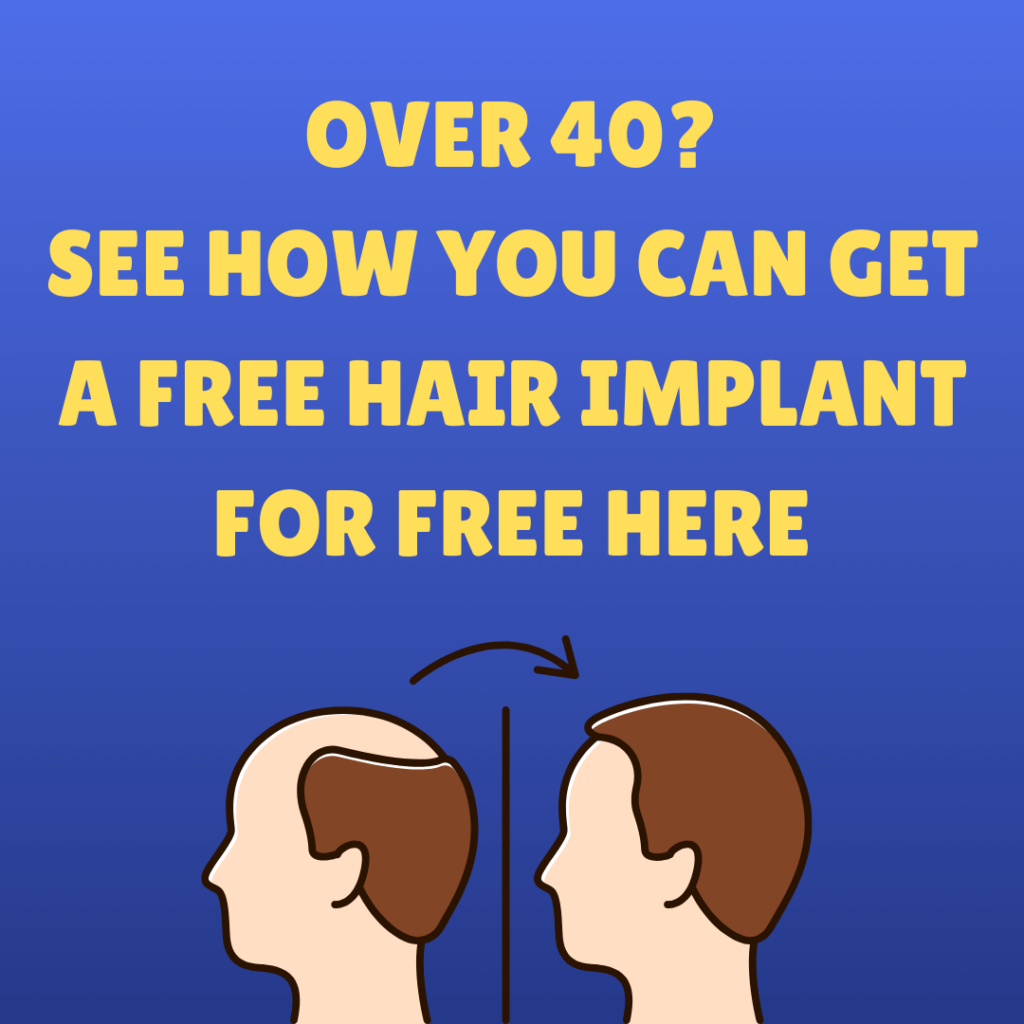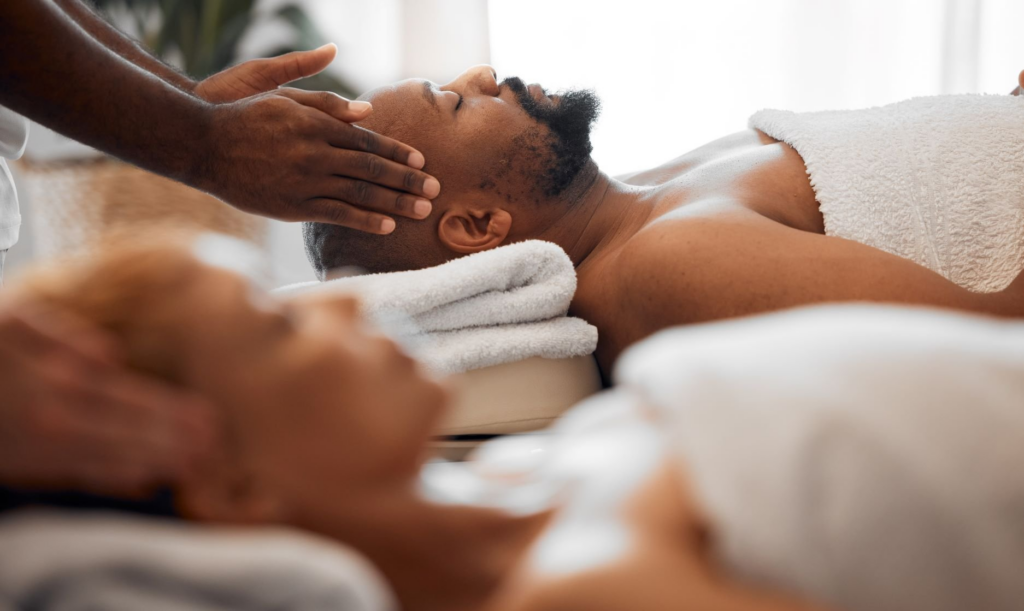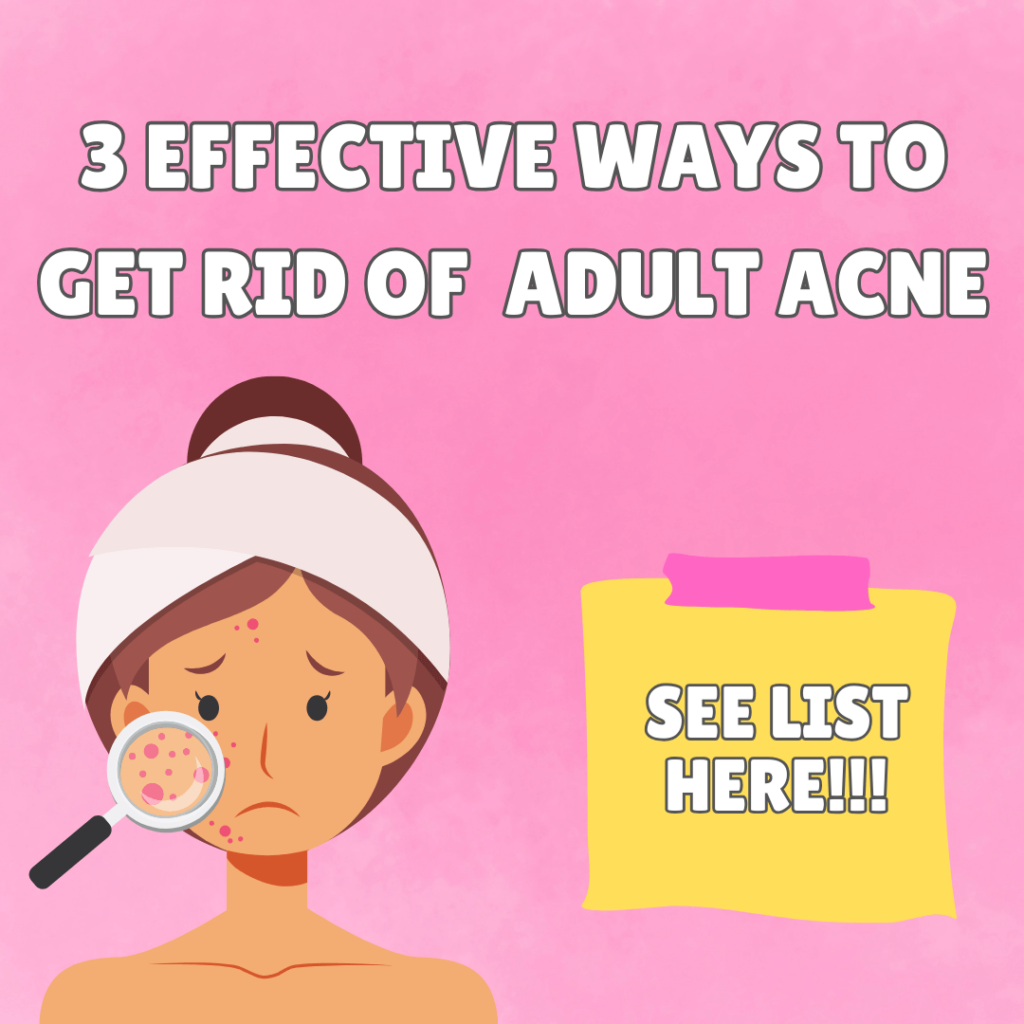Laser skin rejuvenation
Laser skin rejuvenation is a cosmetic treatment that uses lasers to improve the appearance of the skin. It can be used to treat a variety of skin concerns, including:

- Wrinkles and fine lines
- Age spots and sun damage
- Acne scars
- Rosacea
- Scars
- Stretch marks
Laser skin rejuvenation works by removing the top layer of skin, which stimulates the production of new collagen and elastin. This can result in smoother, younger-looking skin.
There are two main types of laser skin rejuvenation:
- Ablative laser resurfacing removes the entire top layer of skin. This type of treatment is more effective for deep wrinkles and scars, but it also has a longer recovery time.
- Non-ablative laser resurfacing only removes the topmost layer of skin. This type of treatment is less effective for deep wrinkles and scars, but it has a shorter recovery time.
Laser skin rejuvenation is a generally safe and effective treatment, but it is important to choose a qualified provider. The risks of laser skin rejuvenation include:
- Infection
- Scarring
- Pigmentation changes
- Swelling
- Bruising
The recovery time for laser skin rejuvenation varies depending on the type of treatment performed. Ablative laser resurfacing typically requires several weeks of recovery, while non-ablative laser resurfacing typically requires only a few days of recovery.
Here are some tips for preparing for laser skin rejuvenation:
- Avoid sun exposure for several weeks before the treatment.
- Stop smoking at least two weeks before the treatment.
- Discontinue any medications that can increase your risk of bleeding or bruising.
Here are some tips for caring for your skin after laser skin rejuvenation:
- Keep your skin clean and moist.
- Apply sunscreen with an SPF of 30 or higher every day.
- Avoid sun exposure for several weeks after the treatment.
- Do not pick or scratch at your skin.
If you are considering laser skin rejuvenation, be sure to talk to your doctor about the risks and benefits of the treatment.





